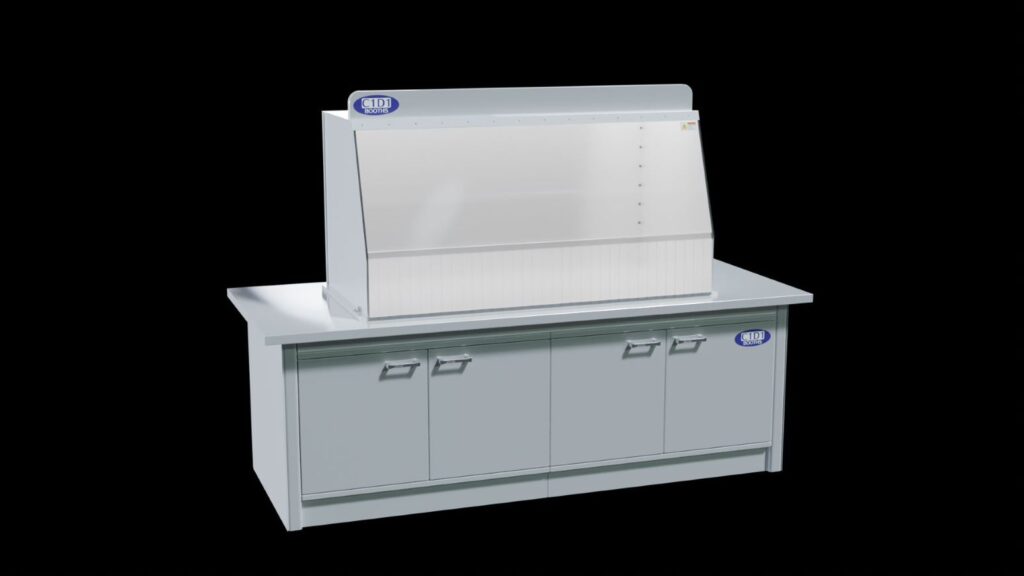Exploring Class 1 Division 1 & Division 2 Environments for Cannabis Extraction Facilities


November 15, 2024
When discussing C1D1 and C1D2 classifications for extraction labs, it’s crucial to understand these terms and their implications. Class 1, Division 1 (C1D1) and Class 1, Division 2 (C1D2) are regulatory classifications enforced by government agencies to manage environments where flammable gases, vapors, or liquids present a risk of explosion or fire. These classifications dictate safety standards in areas where these hazardous substances might endanger workers or others.
Although these safety classifications are widespread across various industries requiring hazardous materials handling, they are particularly critical in the extraction sector. This is because common extraction solvents like ethanol, butane, and CO2 are highly flammable and pose significant risks. Therefore, adhering to C1D1 and C1D2 standards is essential for maintaining safety and compliance in cannabis extraction operations.
Class 1, Division 1 (C1D1) environments are areas where flammable gases or vapors might be present during normal operations or could appear frequently due to maintenance, repair operations, or leaks. These areas can also include locations where a malfunction in processes or equipment could release flammable gases or vapors, potentially leading to an ignition if electrical equipment fails simultaneously.
Class 1, Division 2 (C1D2) environments are defined by their handling, processing, or usage of volatile flammable liquids or gases that are normally enclosed within containers or systems. These hazardous substances are likely to be released only if there is an accidental rupture, system breakdown, or during unusual operation of equipment. In these locations, ignitable concentrations of gases or vapors are generally controlled by robust mechanical ventilation, which reduces the risk of hazardous conditions unless the ventilation systems fail or operate abnormally. Additionally, C1D2 areas may be located next to C1D1 zones and have safeguards in place to prevent the spread of flammable concentrations under normal conditions
Achieving compliance with Class 1, Division 1 (C1D1) and Class 1, Division 2 (C1D2) safety standards is essential for maintaining a secure and efficient extraction lab. Compliance varies slightly by jurisdiction and depends on the specific characteristics of your lab, but the core principle remains the same: prioritizing rigorous safety measures that both prevent and respond effectively to incidents. The goal is to ensure that any mishaps can be addressed swiftly without causing harm to individuals or significant damage to the lab or adjacent areas.
Here are key components typically required to meet C1D1 and/or C1D2 standards in your lab:

It’s important to consult with a qualified professional who can provide detailed guidance tailored to your specific needs and local regulations to ensure full compliance. This list is intended as an informative guide and should be used to aid discussions with your safety consultant